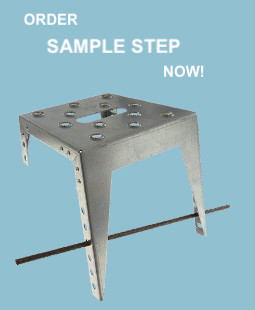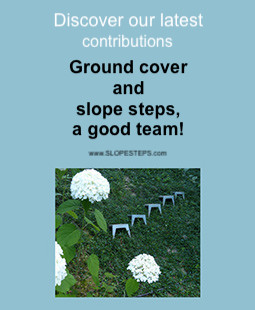-
MenuBack
- Home
-
Shop
-
-
Hangstufen
-
-
Slope steps
-
-
Slope steps
-
Hangstufen
-
Hangstufen
-
Hangstufen
-
Hangstufen
-
Hangstufen
-
Hangstufen
-
Hangstufen
-
Hangstufen
-
-
-
Walkway slabs
-
-
Walkway slabs
-
Trittplatten
-
Trittplatten
-
Trittplatten
-
Trittplatten
-
Trittplatten
-
Trittplatten
-
-
-
Product finder
-
- Consulting
Slope steps in winter

Slope steps in winter - safe footing even in adverse conditions
Sloping steps in winter have become increasingly important for the safe use of gardens and green spaces in recent years. On the one hand, they are used as a stylistic device to lend structure and aesthetics to the terrain and, on the other, to fulfil an important functional purpose. In winter, for example, slope steps ensure that you can walk over rough terrain effortlessly and without danger. Frost, snow and moisture pose a major risk, especially during the cold season. Sometimes it only takes a few minutes for a conventional path in the garden to turn into a slippery path with potential hazards. We would therefore like to show you below how you can use sloping steps in winter to minimise risks and enhance the appearance of your garden.
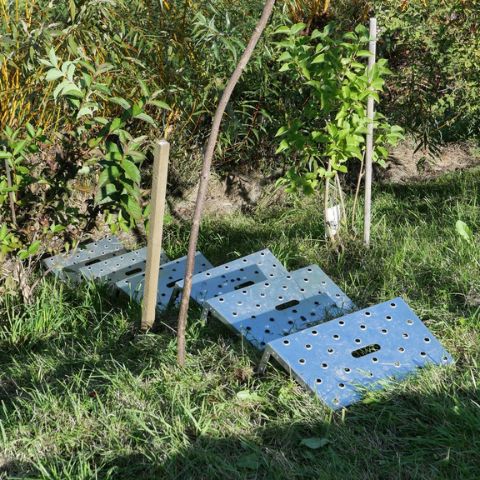
Slope steps in the garden: an overview
Although at first glance, slope steps appear to be simple garden design elements, in practice they are a versatile and functional tool. Not only do they enable the creation of terraces and different levels, but also the creation of non-slip steps and entire staircases. This is extremely important, as the weather conditions, especially in winter, can quickly turn a slippery step outside into a hazard. Even a slippery path in the garden is a major risk due to wetness in combination with frost. By installing sloping steps in winter, however, you ensure that you can walk around your garden even in adverse conditions.
The correct placement and design of slope steps in the garden requires careful planning and coordination with the overall design of the garden. You should always take into account the slope of the terrain, the vegetation and the individual usage requirements to ensure a safe surface in the garden at all times. Our slope steps follow precisely this approach, as they are not only safe in winter compared to other treads, but can also be used flexibly. If necessary, you can easily position the slope steps in winter to suit the external conditions.

Slippery stairs outside - risk to health
A slippery path and a slippery staircase outside are the cause of numerous accidents in winter every year. Snow, ice and frozen surfaces always occur if they are not properly treated or maintained. To ensure safe movement, a lot of time must therefore be spent removing ice or using gritting agents. And even when the snow and ice have disappeared again, the gritting material still needs to be removed. If you opt for our slope steps in winter instead, this problem is a thing of the past. The different surface structures of our slope steps make it possible to walk on them without the corresponding effort, as it is no longer necessary to spread salt, sand or grit.
Another danger in winter can be traced back to the melting of snow and ice. A slippery path is often caused by melt water, which softens the surface and makes it difficult to walk on. By using our slope steps in winter instead, you can avoid this problem. As the treads of the slope steps are above the surface of the ground, you can walk on the usual paths without coming into contact with the softened ground. The same principle also avoids the danger of slippery stairs on the outside. The open surface structure of our slope steps is important in winter, as water can run off and therefore cannot freeze on the slope steps. And even if the surfaces of the sloping steps are covered with a thin layer of ice due to cold, damp air, they can still be walked on thanks to the profile.
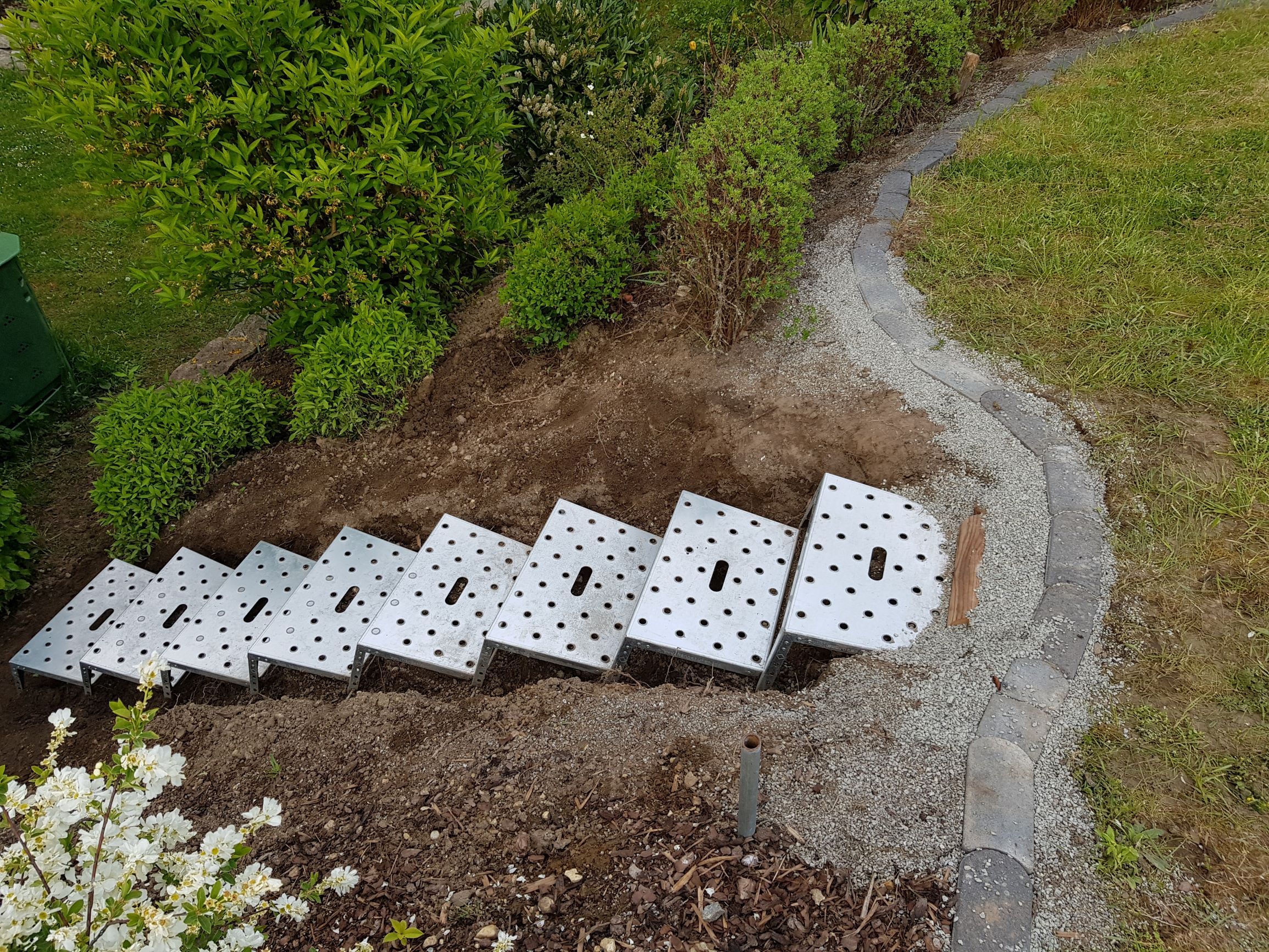
Safety thanks to slope steps in winter - our quality features
If you have to worry about a slippery staircase outside or a slippery path due to the weather, our slope steps are a safe alternative in winter. There are several factors and properties in favour of this.
Whether you want to use sloping steps in winter or summer and enhance the look of your garden, the material plays an important role in the intended use. As outdoor areas are always subject to the effects of the weather, we have opted for high-quality stainless steel for the production of our slope steps. Stainless steel is known for its exceptional durability and resistance to the elements. In winter, when slope steps are exposed to severe temperature fluctuations, moisture and frost, stainless steel offers a reliable and long-lasting solution. It does not rust and retains its robust structure even in extreme weather conditions.
In order to meet the diverse demands placed on our slope steps - in winter and summer alike - we attach great importance to careful production. The manufacturing process for stainless steel slope steps generally involves the precision production of stainless steel sheets and profiles, which are then bent, cut and welded to the desired shapes and dimensions. This not only enables us to guarantee quality and precision. It also gives us the option of manufacturing a wide variety of slope steps for the winter in order to fulfil as many requirements as possible and to meet the different conditions in gardens and green spaces.
Another key component that ensures that our slope steps provide a safe step in winter is the subsequent surface treatment. Our surface finishes include polished, brushed or sandblasted surfaces, each of which creates different aesthetic effects and has practical benefits. Smooth surfaces may not initially make much sense in winter. However, these create the opportunity for us to apply anti-slip films to the surface, which provide additional grip. For the winter months, we also offer you other surface profiles such as perforated variants or chequer plates that can withstand the demands of the cold season.

The advantages of sloping steps in the garden
Stainless steel slope steps require minimal maintenance compared to other materials such as wood or concrete. They are easy to clean and can be freed from snow, ice and dirt with simple cleaning agents. The cost factor should also not be underestimated. An outdoor staircase can quickly cost a five-figure sum. With our sloping steps, you not only prevent a slippery staircase from becoming a hazard outside, you also have a cost-effective yet high-quality alternative.
You can also benefit from our extensive range, which offers you enough flexibility in terms of design to match the slope steps to the look of your garden. Stainless steel is also an environmentally friendly material, as it is largely made from recycled steel and is fully recyclable.
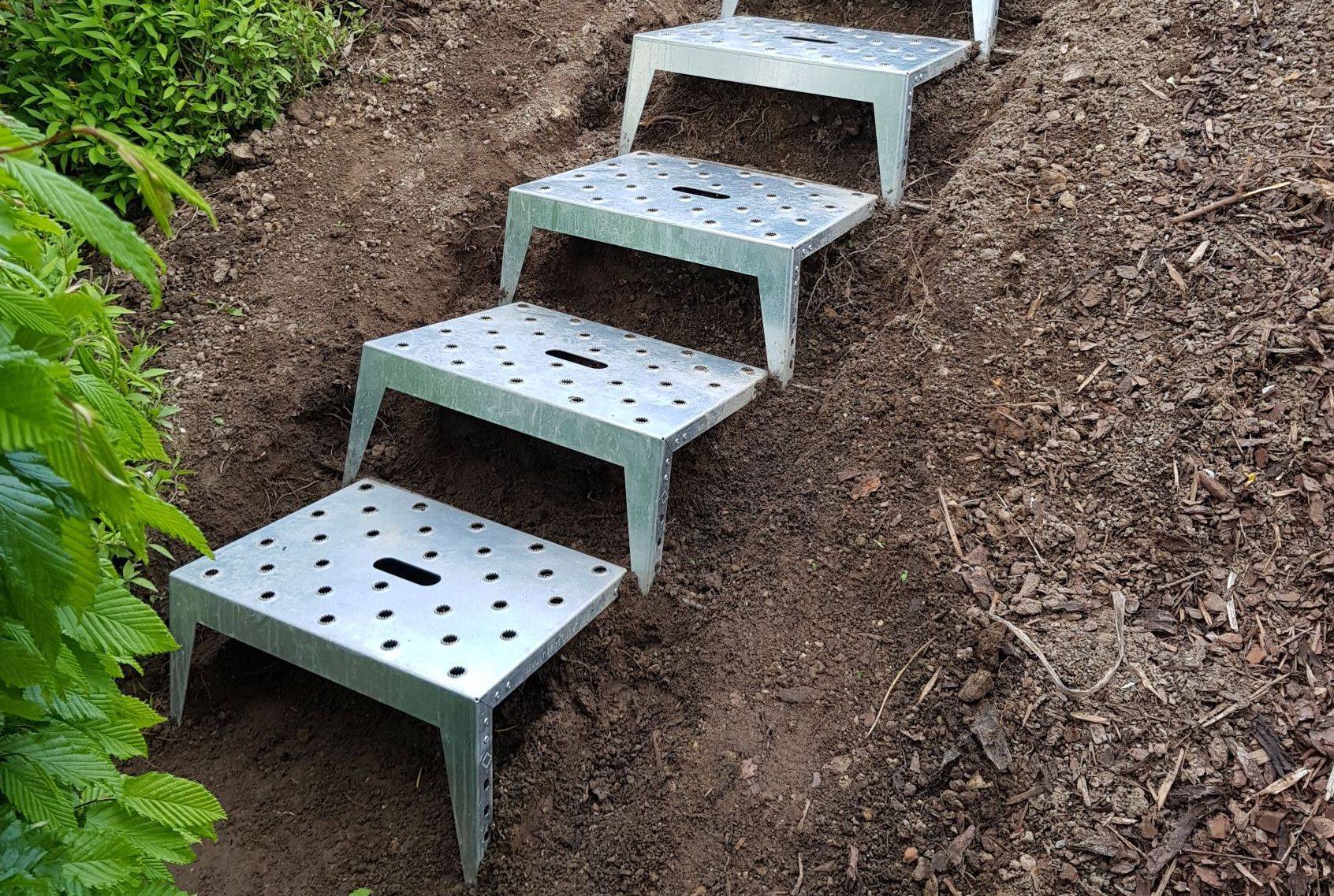
Installing slope steps in winter?
Although slope steps have a number of advantages in winter, you should not wait until the cold season to install them. Our slope steps are fixed to the ground, which is why the surface should ideally not be too firm. Although installation is also possible on a frozen surface, this is much more difficult. Instead, it is advisable to consider in summer where a slippery path could occur in winter due to the weather. When planning, also ensure that the steps are ideally placed at a distance that corresponds to a regular stride length. Finally, it is important to ensure that the slope steps provide the necessary, secure footing in winter.
Related posts
-
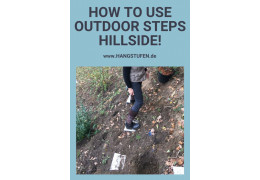 Especially in autumn, when it gets slippery, the slope steps are a great help!
10.01.20232912 views 3 LikedWith slope steps you stand safely on the slope even in autumn.Read more
Especially in autumn, when it gets slippery, the slope steps are a great help!
10.01.20232912 views 3 LikedWith slope steps you stand safely on the slope even in autumn.Read more -
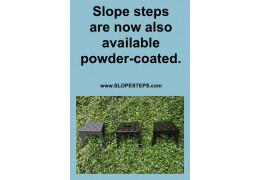 Slope steps are now also available powder-coated!
10.01.20232609 views 1 LikedSlope steps are now also available in coloured versions.Read more
Slope steps are now also available powder-coated!
10.01.20232609 views 1 LikedSlope steps are now also available in coloured versions.Read more -
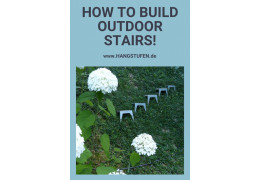 Ground cover and slope steps - a good team!
10.01.202313796 views 2 LikedPlants suitable for steep slopes.Read more
Ground cover and slope steps - a good team!
10.01.202313796 views 2 LikedPlants suitable for steep slopes.Read more


